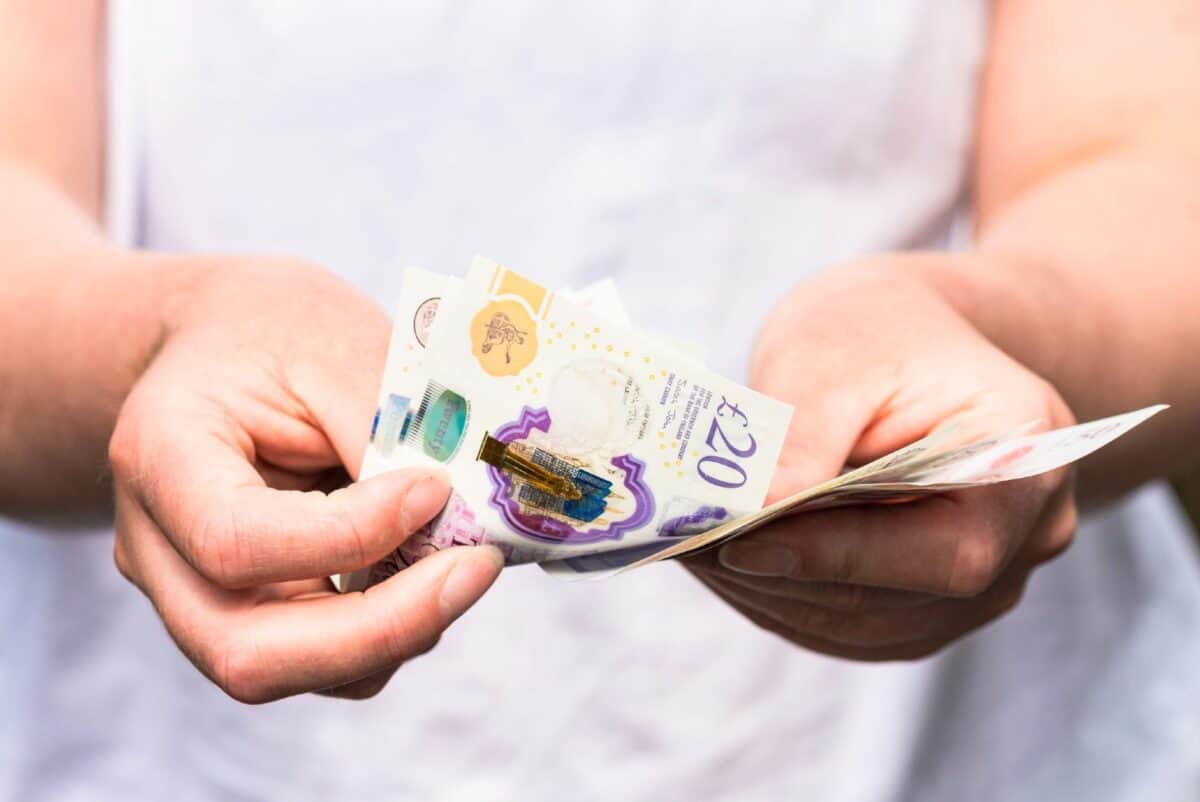Image source: Getty Images
Almost at the end of the month, it looks like the FTSE 100 is set for a modest decline of around 2.7% in October.
BT Group (LSE: BT.A) is down further, with a 7.7% dip over the course of the month. I’m starting to think it could be one of the best value Footsie dividend stocks to consider buying for the long term.
Sizzling speeds
I write this as the BT Openreach engineers are making a terrible racket right outside my window. But I won’t hold that against the company.
It’ll be a little while before I can sign up. But BT is talking about bandwidth of up to 900Mb per second, which I find staggering. When I started writing for The Motley Fool, I had a 33.6kbps dial-up modem. Do I feel old!
Anyway, the point is that BT has passed the peak of its fibre broadband roll-out spend. And that means the future should be less about costs and more about revenue.
Cash cow
That has to be good for the dividend. The forecast shows 5.7% this year and rising modestly, backed by solid earnings cover.
I still don’t like BT’s high net debt, which reached £19.5bn at the end of the last full year. And the company’s pension fund deficit rose to £4.8bn, even after a £0.8bn contribution.
That could come back to bite.
But if BT can keep managing things as it’s been doing, it might continue to be a dividend cash cow.
Real estate
I like a good real estate investment trust (REIT), though they haven’t been too popular for a while. I have my eye on British Land (LSE: BLND) at the moment, with its share price down 10% in October.
It’s had a decent 12 months, but we’re still looking at a 36% loss over the past five years.
Please note that tax treatment depends on the individual circumstances of each client and may be subject to change in future. The content in this article is provided for information purposes only. It is not intended to be, neither does it constitute, any form of tax advice.
Business investment
British Land is in the commercial real estate business. It has a “strategy of focusing on campuses, retail parks and London urban logistics“. And as of the last full-year report time in May, that looks to be paying off.
The biggest risk I see is in weak property values. Or, at least, a perceived weakness due to property market sentiment being low.
But the year-end net asset value per share figure came in at 562p, which is well ahead of the 399p share price at the time of writing. We’ll need to wait until 20 November for this year’s H1 update on that.
Debt funding
The trust did report a 37.3% loan to value figure with those last results. And that means there’s a fair bit of debt that needs servicing, and high interest rates haven’t helped with that.
Still, rates are likely to fall further. And forecasts show a 5.5% dividend yield, rising slowly in the next couple of years.
I fear interest rate optimism might already be built into the share price, and we could face a period of weakness.
But this one is on my shortlist too.
Credit: Source link














